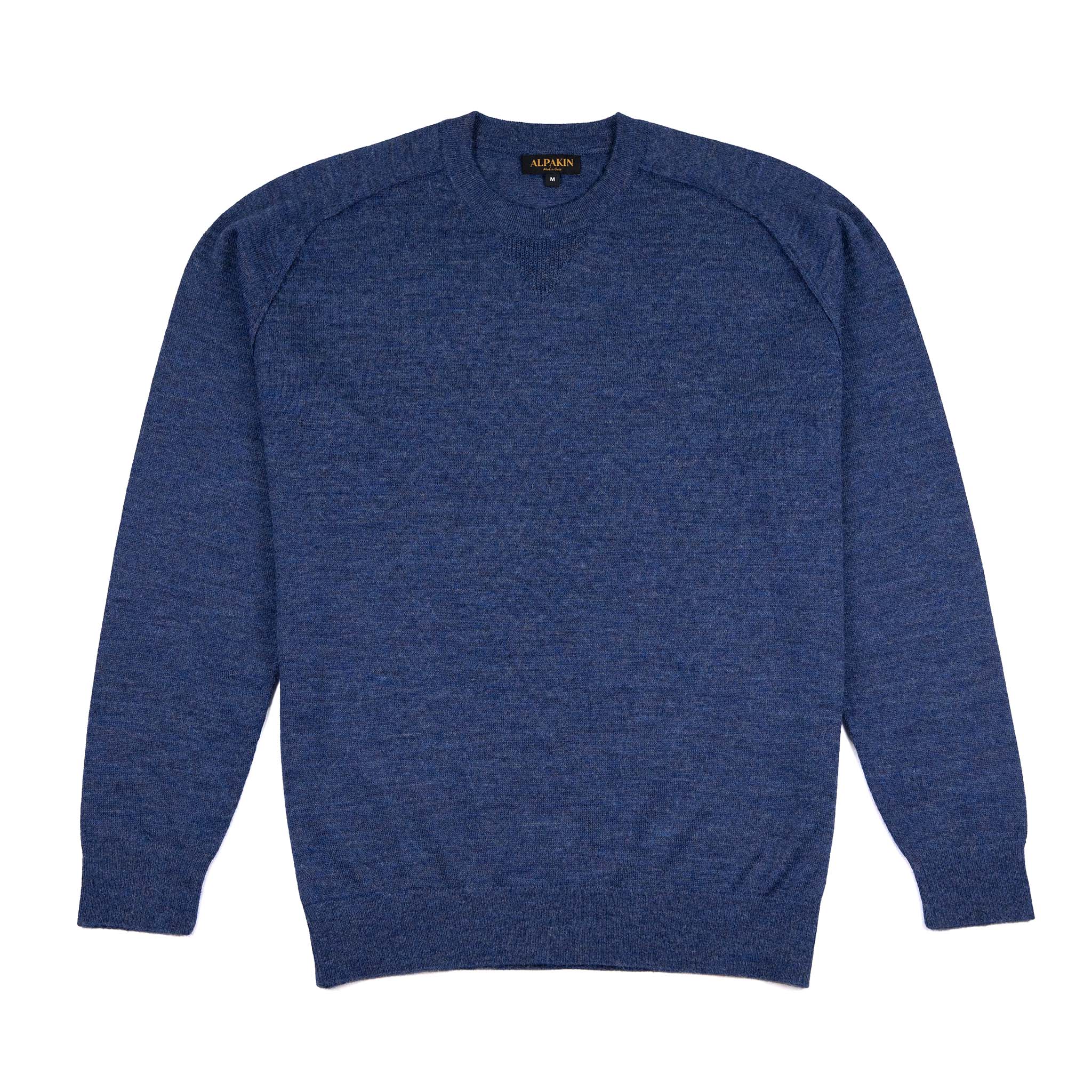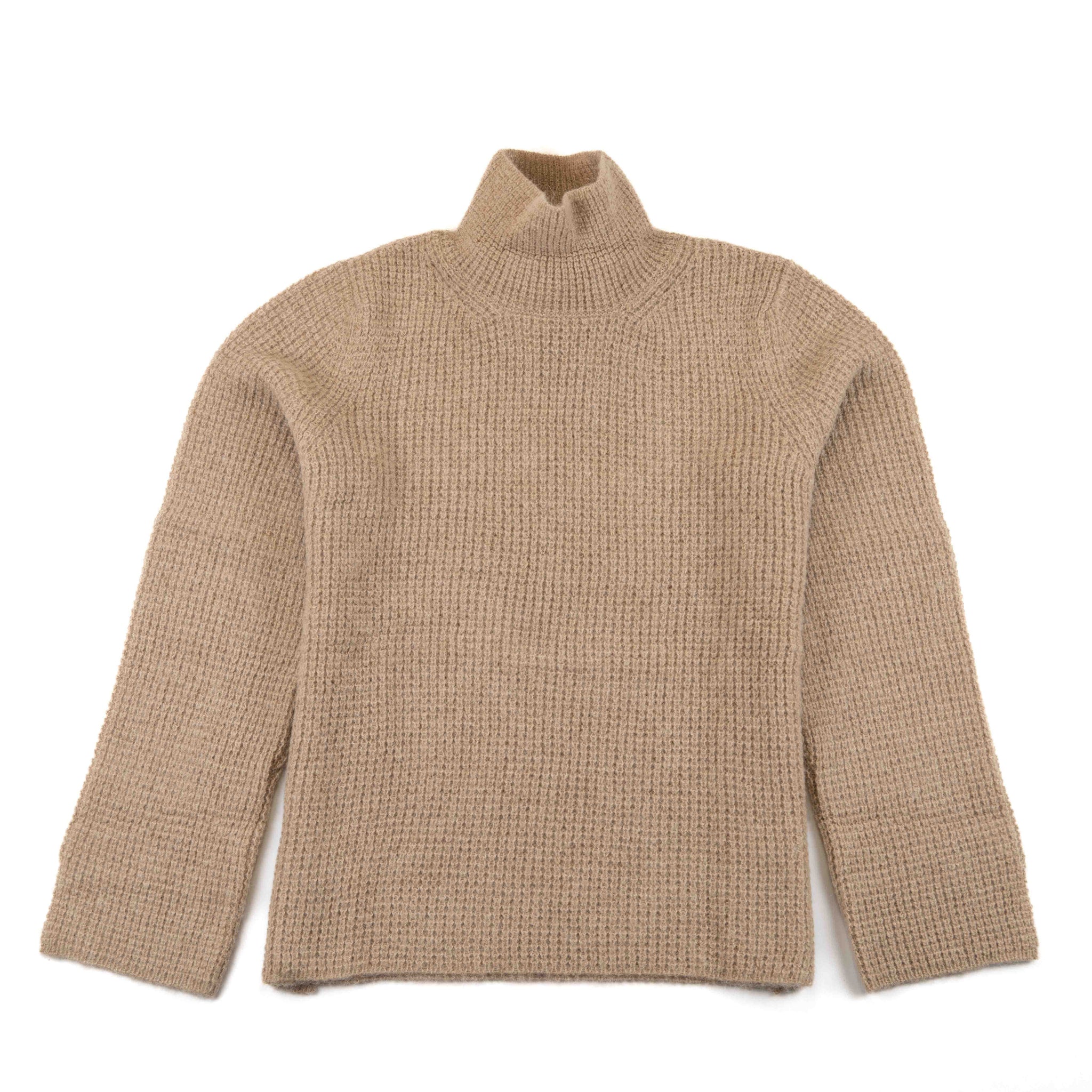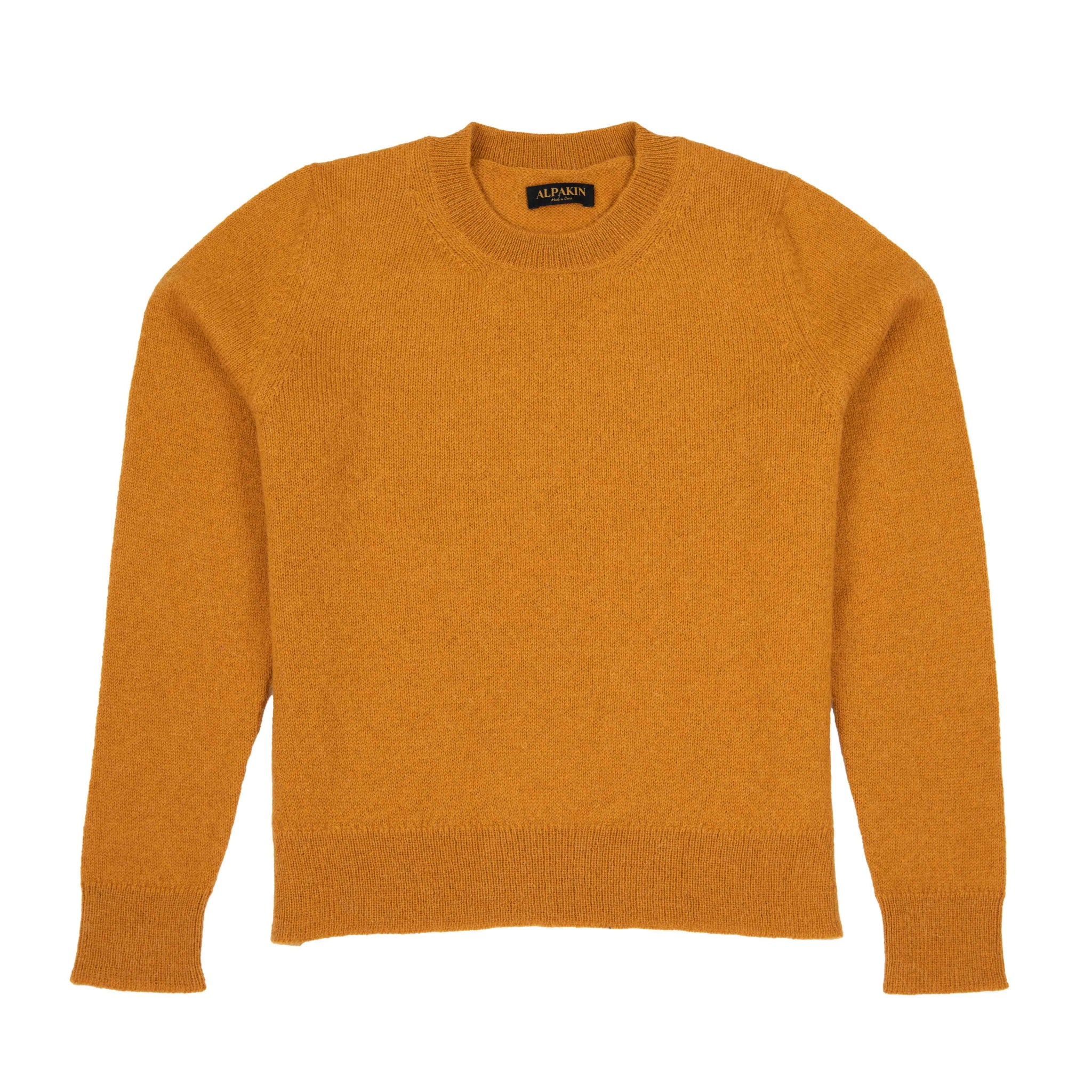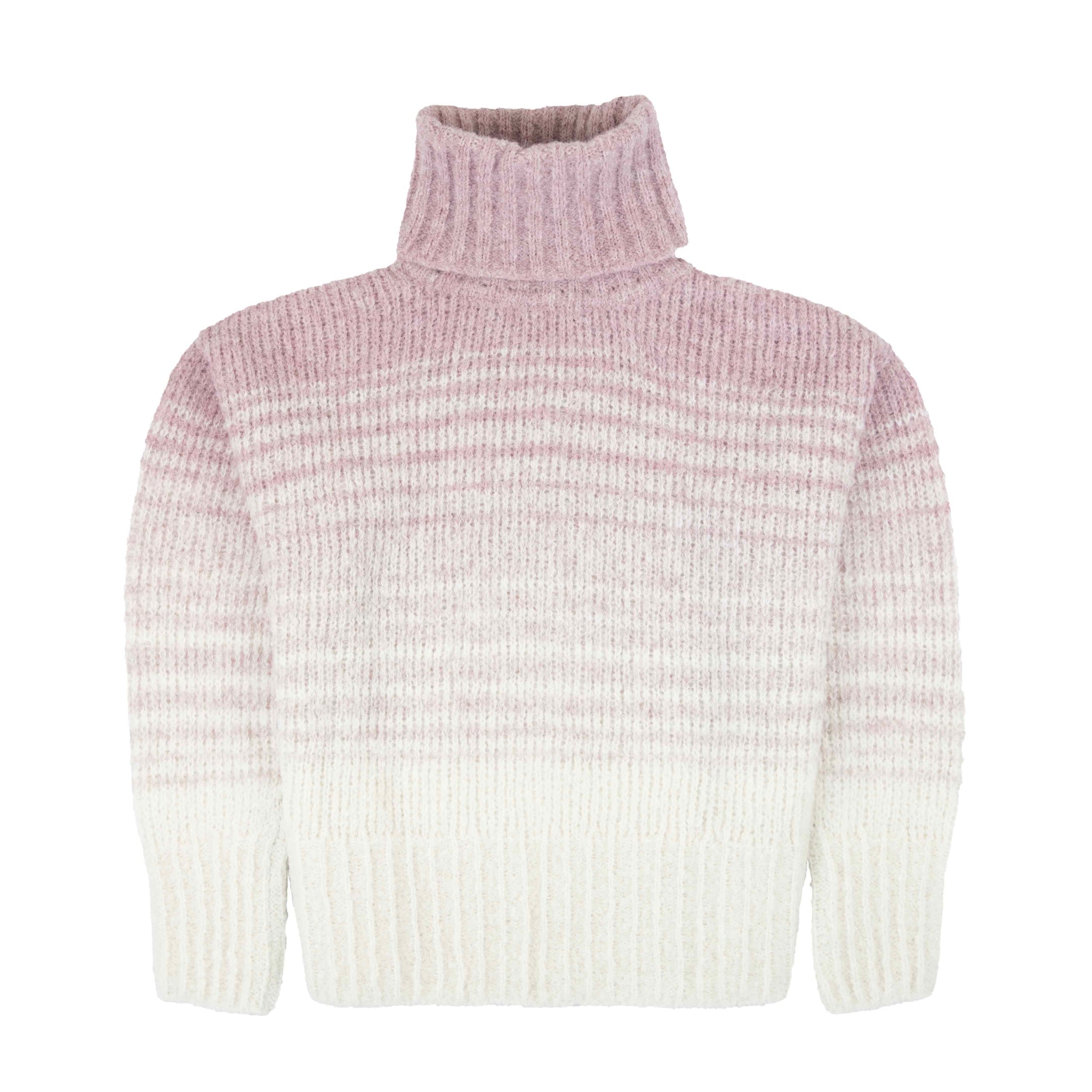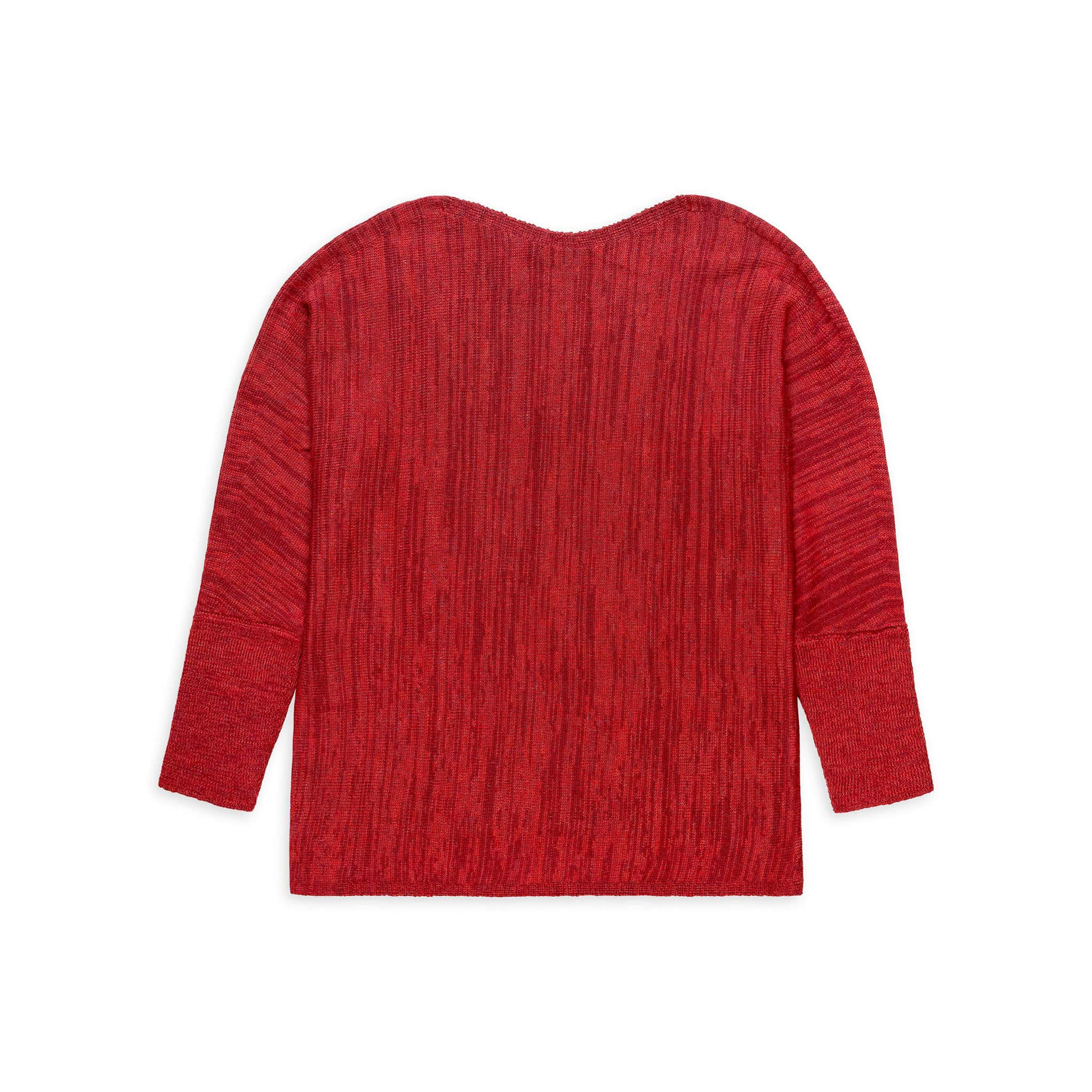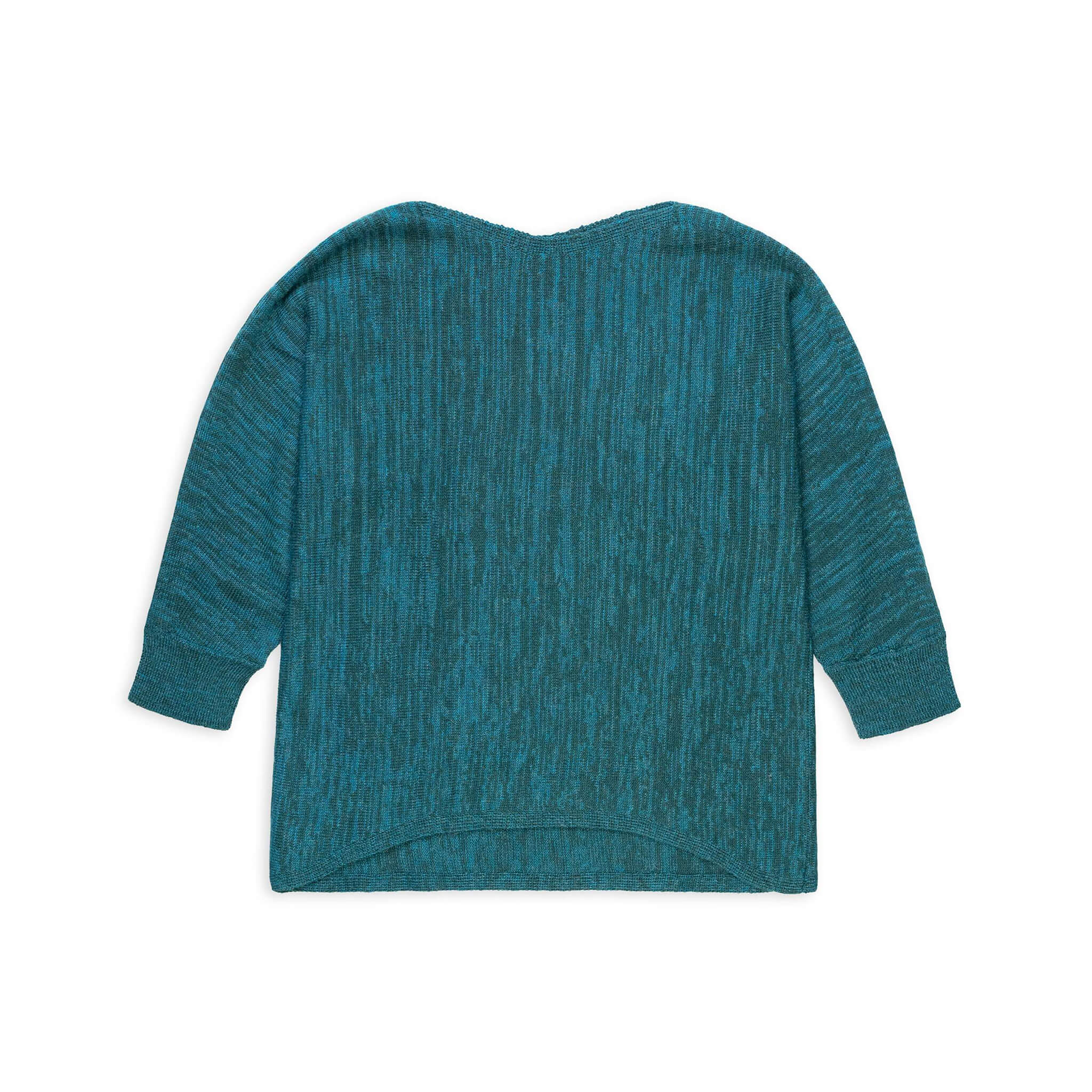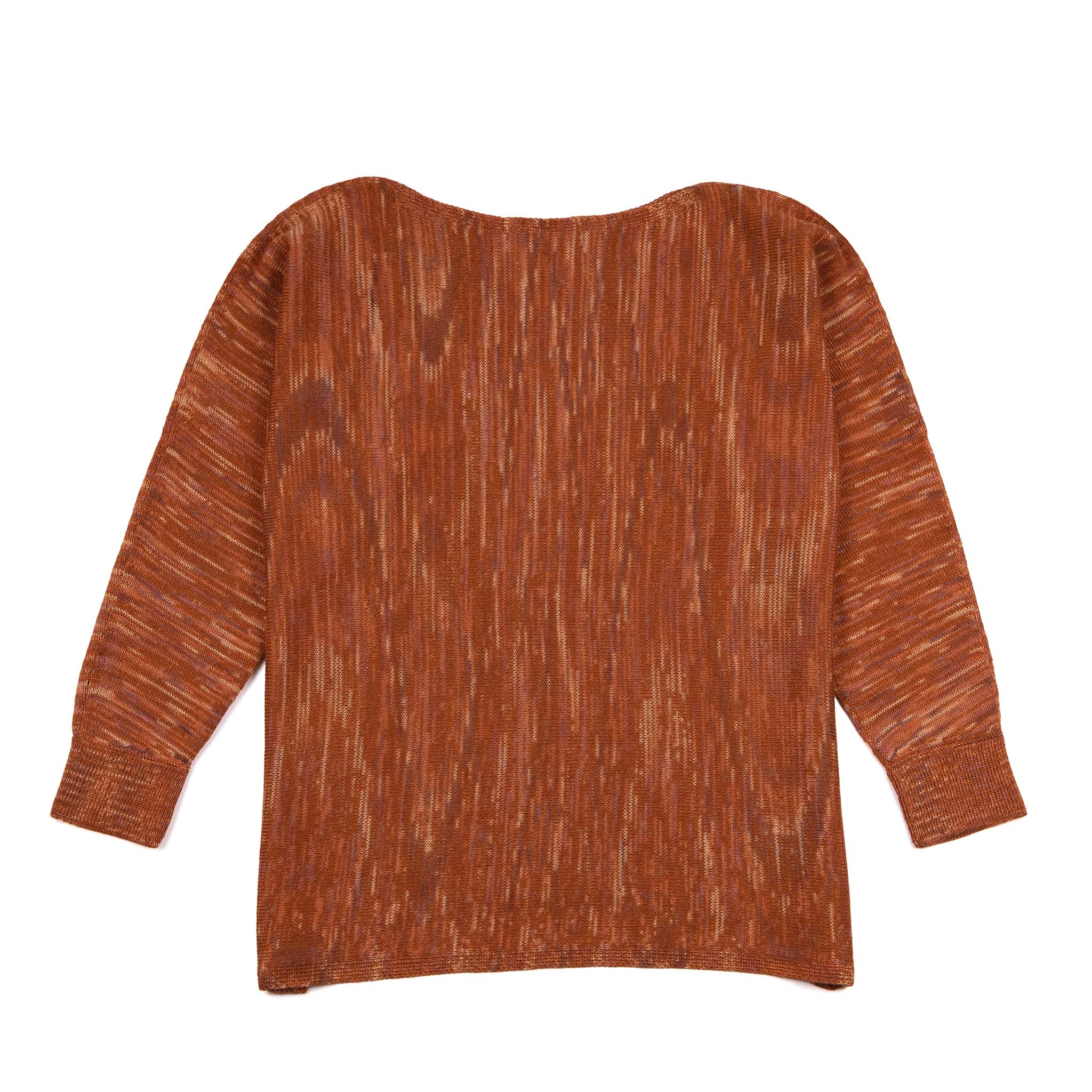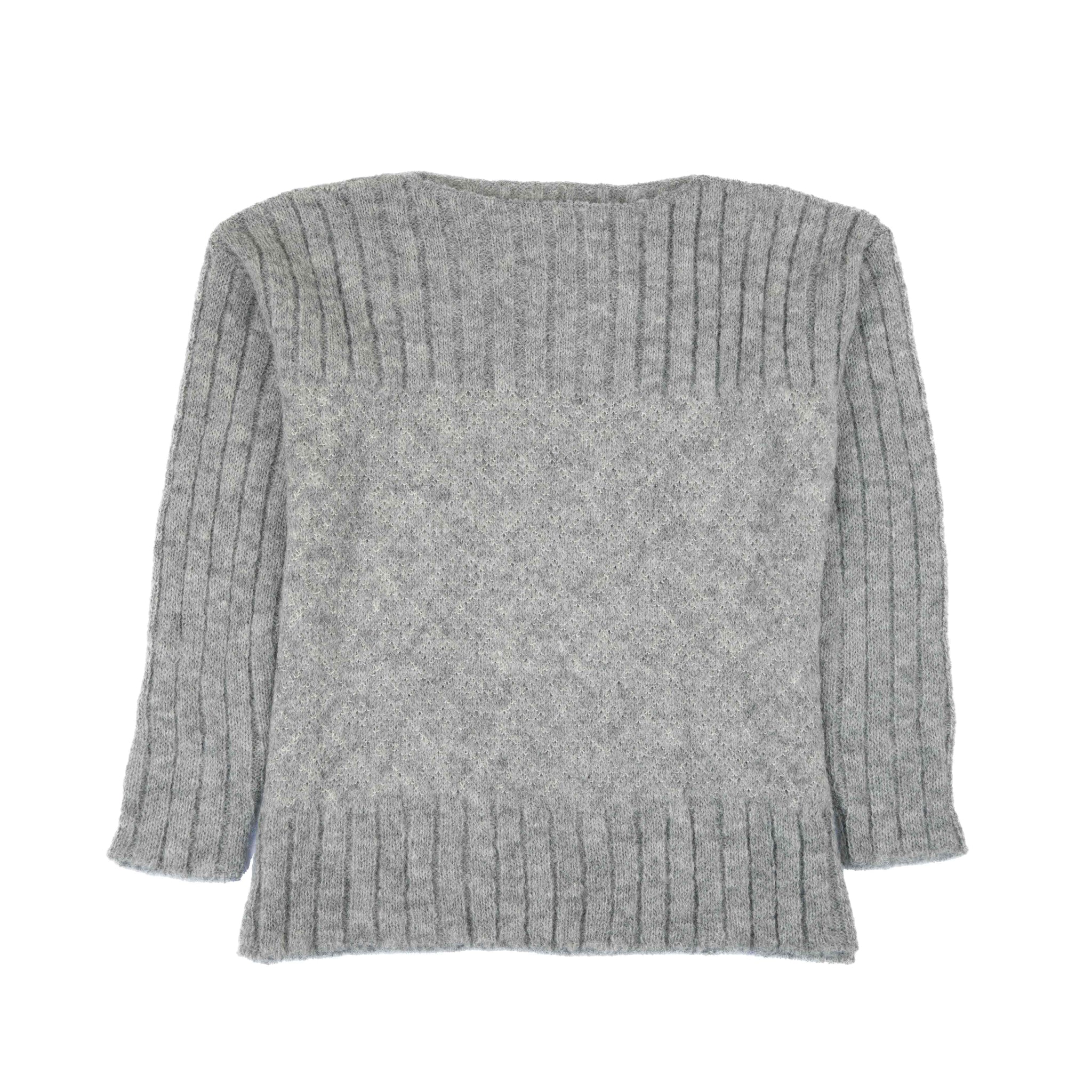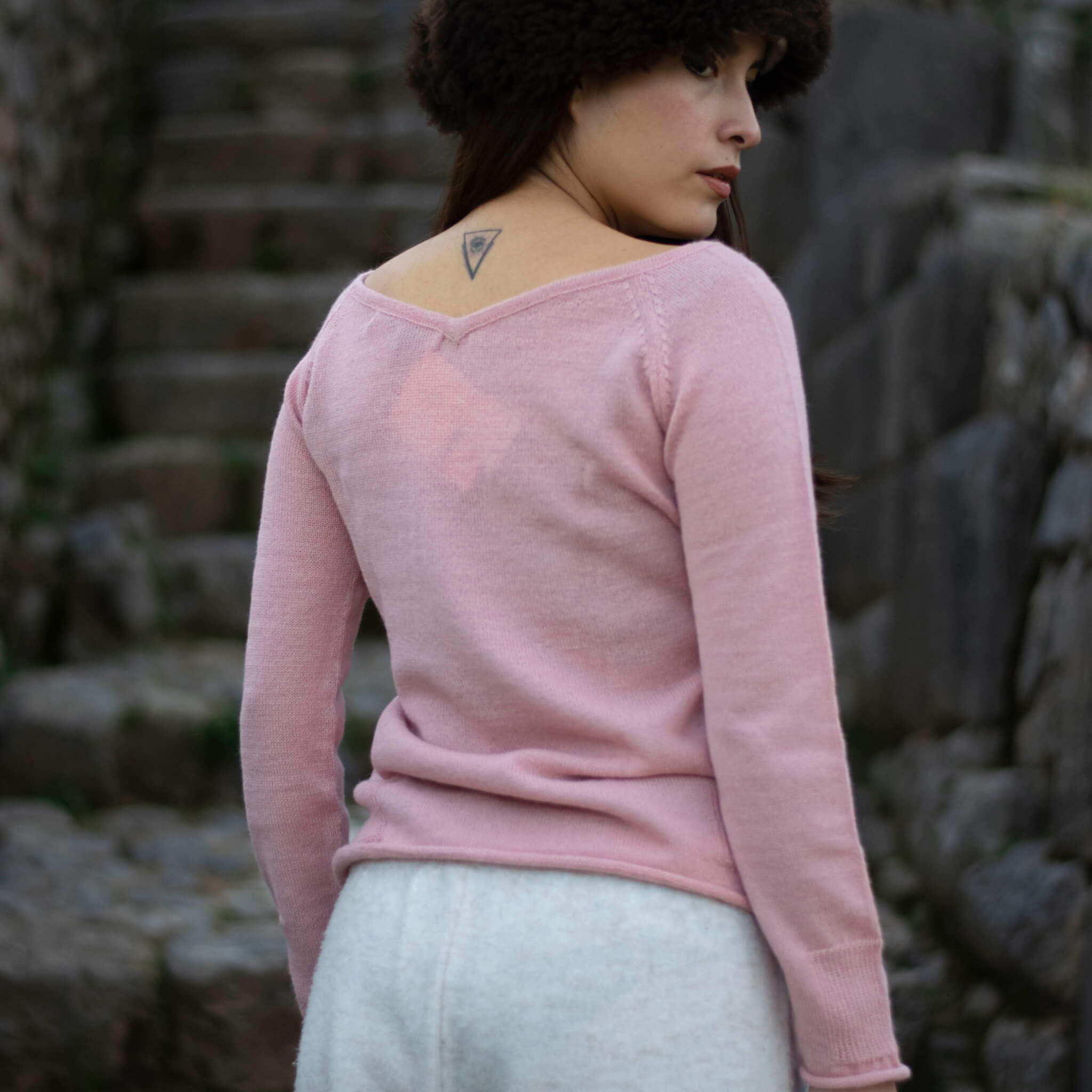

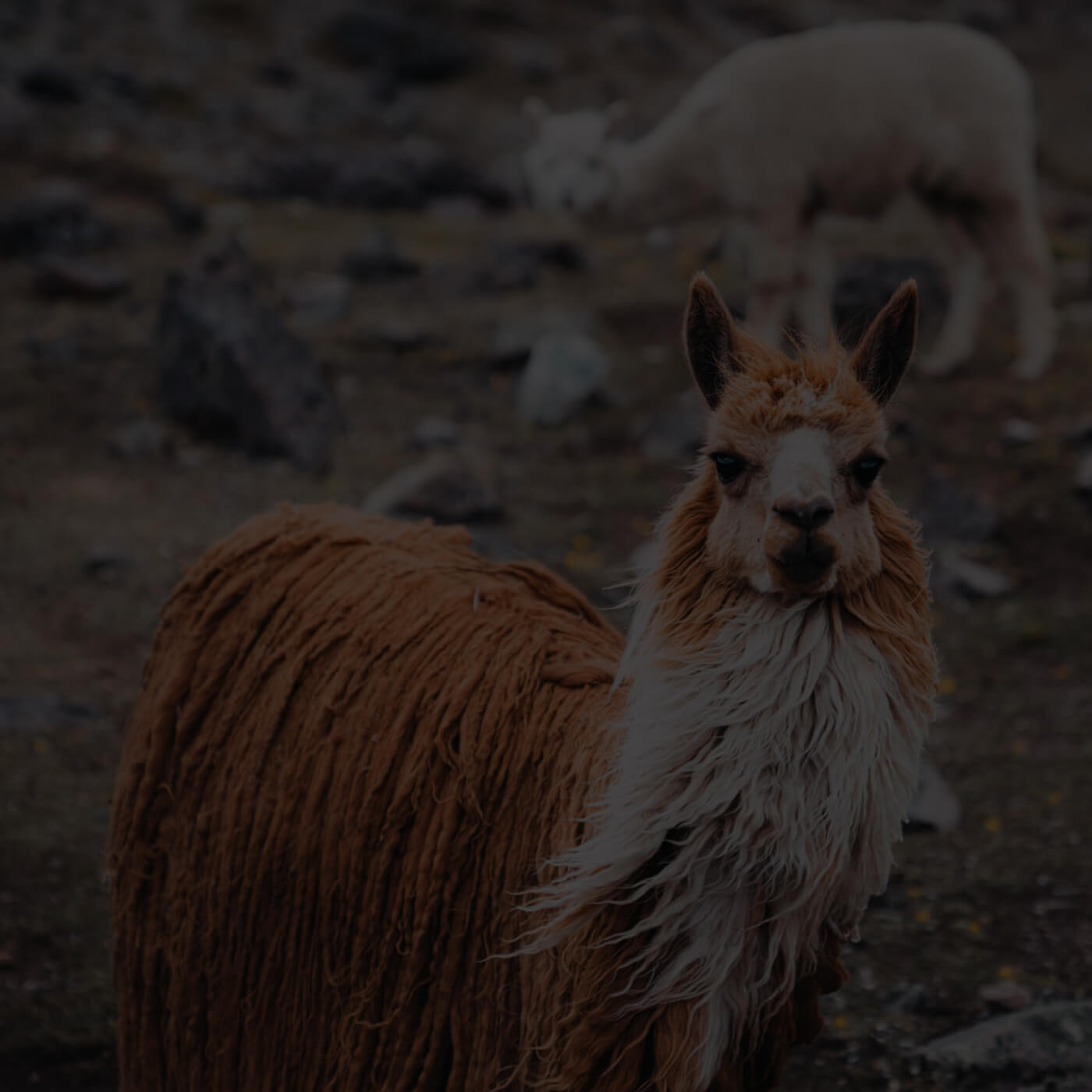
Shipping & Returns

WITHOUT HARMFUL SUBSTANCES
environmentally friendly production
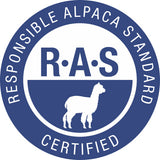
ANIMAL WELFARE
in breeding & wool production

FAIR-TRADE
Fair pay & working conditions
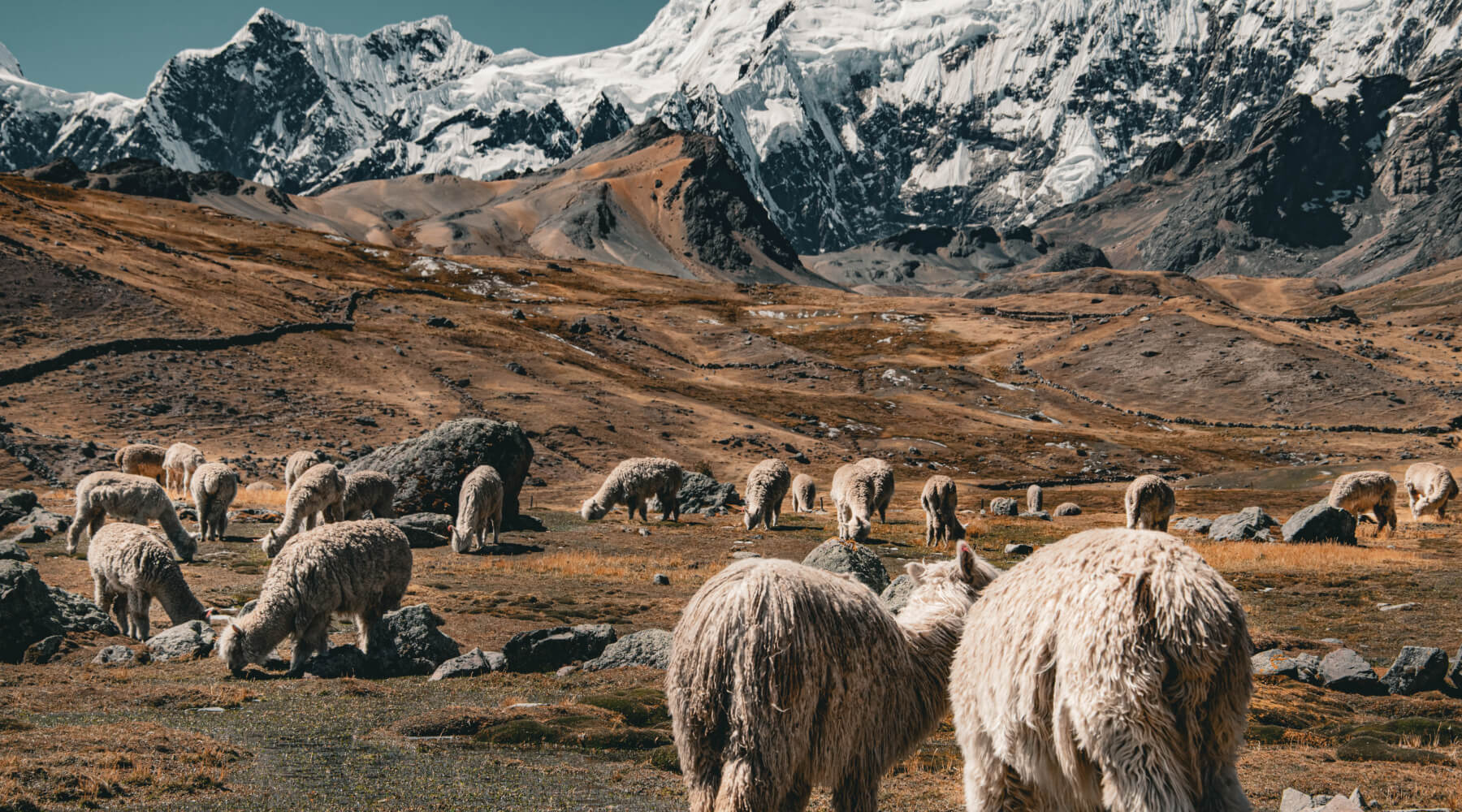
Geboren in den Anden
In den Höhen wächst die Wolle heran, die uns Wärme schenkt - im Einklang mit der Natur.
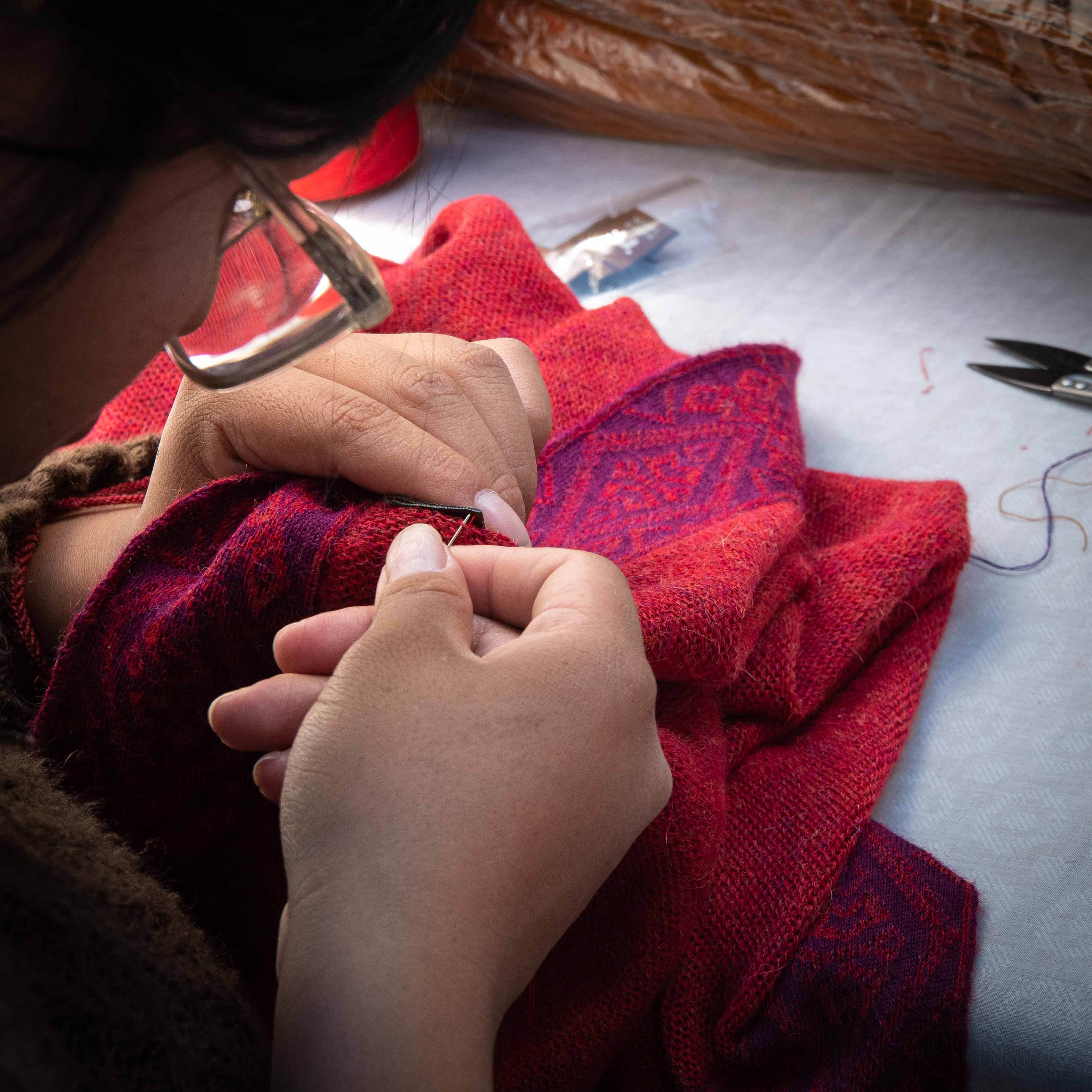
Echte Handarbeit, kein Fließband
Talentierte Schneider:innen fertigen mit Leidenschaft - ohne Ausbeutung oder Kinderarbeit.

Mehr als ein Kleidungsstück
Wärme und Komfort, wie du es noch nie erlebt hast. Damit auch du profitierst.
Deshalb enthalten unsere Pullover mindestens 60% Alpakawolle
Alpaca sweaters made from 100 percent alpaca wool are much harder to find than alpaca-wool blends. The large fashion chains mostly use blends for their alpaca pullovers, which usually only contain between 15% and 30% alpaca. The far greater proportion of such a pullover is made up of conventional sheep's wool, nylon and, to a small extent, elastane. The reason for this is that blended fabrics with alpaca content can also be called alpaca pullovers. Many buyers do not look closely and do not know that their alpaca sweater hardly contains any alpaca wool.
In our collection you will only find 100 percent alpaca sweaters, because only then can the alpaca wool develop its properties. The most well-known advantage of alpaca wool is its comfort, as it is warm and, in the highest baby alpaca quality, also soft and non-scratchy. If you mix alpaca wool with other fibers, not only are its special properties lost, but it can also become scratchy. This is because fibers are different lengths and thicknesses, and coarser fibers do not combine well with the fine baby alpaca fibers.
Alpaca wool is obtained from the fur of alpacas. The South American camels are bred and dependent on human care. For thousands of years, their fine fur has been used to make high-quality natural fiber clothing such as warm cardigans or soft scarves.
Warum wir Alpaka auch mit Nylon kombinieren
So edel reine Alpakawolle auch ist – in manchen Fällen ist die Beimischung von hochwertigen synthetischen Fasern wie Nylon durchaus sinnvoll. Warum das so ist? Weil Nylon den Pullover strapazierfähiger, elastischer und langlebiger macht – besonders an stark beanspruchten Stellen wie Schultern, Nähten oder Bündchen.
Wir setzen solche Mischungen nur dort ein, wo sie wirklich einen funktionalen Mehrwert bieten, zum Beispiel bei besonders alltagstauglichen Modellen, die dehnbarer sein sollen und für den täglichen Einsatz gedacht sind. Wichtig ist es, dass auch bei diesen Varianten der Alpakawollanteil sehr hoch bleibt, bei mindestens 60 Prozent. So vereinen wir die natürlichen Vorteile Wärme, Weichheit und Temperaturregulierung mit funktionalen Aspekten. Das Ergebnis ist ein Naturfasern Pullover, der sich wie geschmeidig anfühlt, aber noch robuster ist - perfekt für deinen Alltag.

Tip for women
Particularly comfortable
The ASIRI sweater in mustard yellow is particularly comfortable with a round neck and made from 100% softest baby alpaca wool.
Tip for men
Warm wool pullover
As a thick wool pullover with a V-neck, AMARU is timelessly elegant and indescribably comfortable. A sweater for eternity.

Alpaca pullover 100% animal friendly
So that buyers can rely on wool that is free from animal cruelty in good conscience, there are certificates such as the Responsible Alpaca Standard (RAS), which ensures that the New World camelids are used in a way that is appropriate for animal welfare. We only make our clothing from RAS-certified wool, as we make no compromises when it comes to animal welfare. Alpaca wool should not be demonized as animal cruelty due to a few reports, as it has secured the livelihood of the rural population in Peru and other countries, both then and now.
This makes Alpaca sweaters 100 percent unique

Maximum comfort
Unlike merino or cashmere, alpaca wool is available in five different qualities, which differ in their softness and price. Baby alpaca is the softest alpaca wool and does not scratch. It is the rarest alpaca fiber, as it is only obtained from protected body parts of adult alpacas. Only around 200 grams of baby alpaca out of a total of up to six kilograms of wool per animal is obtained from alpaca shearing. Baby alpaca sweaters are not only softer than conventional alpaca wool, but also warmer and have a noble sheen.

Warmest wool
Alpaca wool is not only the warmest wool in the world , but is also suitable for all seasons thanks to the thermoregulation of its fibers. In the high Andes mountains, where alpacas live, they are exposed to extreme weather fluctuations. Their wool has adapted to this harsh environment; the alpaca fiber contains hollow spaces that warm at low temperatures and dissipate heat at higher temperatures. A coat for all seasons, for us that means thin alpaca sweaters for spring and summer and thick, warm wool sweaters made of 100 percent alpaca wool for the cold season.

Thermoeigenschaft
Die Hohlfasern von Alpakawolle passen sich der Temperatur an. Ob dünne Pullis für Frühling und Sommer oder Winterpullover für die kalte Jahreszeit, Alpakawolle lässt dich weder Frieren noch Schwitzen.

Breathable
Your 100 percent alpaca pullover should not only keep you warm, but also not make you sweat. You are well advised to use breathable alpaca wool that wicks away moisture. Merino wool also has similar breathable properties, which makes it popular for outdoor clothing.

Best skin feeling
Alpaca wool is suitable for allergy sufferers because the wool has natural, hypoallergenic properties. Due to the low lanolin (wool fat) content, alpaca wool can be washed less often. Alpaca wool neutralizes bacteria that cause odors. It is dirt-repellent, dries quickly and, as an easy-care fiber, can also be washed in the washing machine.

Selbstreinigend
Alpakawolle wirkt schmutzabweisend, lüftet an der frischen Luft gut aus und trocknet schnell. Deinen Alpaka Pulli kannst du guten Gewissens seltener waschen, da die Wolle Gerüche neutralisiert.
Wie wasche ich meinen Alpaka Pullover 100 Prozent?
Alpaka Pullover aus 100% Alpakawolle sind pflegeleichter, als man denkt. Sie können beliebig häufig in der Waschmaschine oder per Handwäsche gewaschen werden, ohne ihre Weichheit zu verlieren. Dank der langen, festen Alpakafaser sind Alpaka Pullover 100 Prozent strapazierfähig, reißfest und langlebig. In der Waschmaschine sollten Alpaka Pullover ausschließlich im Wollprogramm gewaschen werden, auf maximal 30 Grad Celsius und nicht mehr als 600 Umdrehungen pro Minute. Schonendes Wollwaschmittel zugeben und auf Weichspüler verzichten. Nachdem der Alpaka Pullover gewaschen ist, diesen nicht in den Trockner geben oder Bügeln, sondern liegend auf einem Wäscheständer trocknen.
















